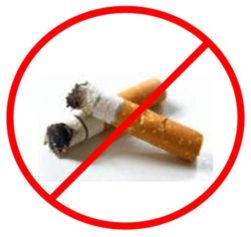
The research team from the University of Pennsylvania in Philadelphia, watched and coded 1, 838 hours of popular U.S. prime-time drama broadcasts that aired between 1955 and 2010 to see how the portrayal of tobacco products affected smoking rates.
The range of media exposure dropped from a peak of nearly five instances per hour to 0.29 per hour at the end of the study. So did the rates of tobacco usage– from each fewer instance of tobacco shown per hour of prime-time programming spread over two years. In total, American adults averaged two fewer packs (38.5 cigarettes) smoked per year.
The research was published in Tobacco Control, an international peer review journal.
“Tobacco in terms of TV is a bigger deal than we would have thought,” study author Patrick E. Jamieson, Ph.D. , told MedPage Today.
The price of tobacco is also believed to affect smoking rates. In fact, the increase of cigarette prices was about twice as more effective as the decline of television portrayal of tobacco use.
Interestingly, the report did not mention of the impact of anti-tobacco ads in the media.
The authors concluded, “The correlation between tobacco portrayal in TV dramas and adult cigarette consumption is consistent with well-established effects of exposure to tobacco cues that create craving for cigarettes in adult smokers.”
The paper also further advises that tobacco use in the media be reviewed for creation of prevention policies.
S.C. Rhyne is a blogger and novelist in New York City. Follow the author on Twitter @ReporterandGirl, http://Facebook.com/TheReporterandTheGirl and visit her website at http://www.SCRhyne.com

